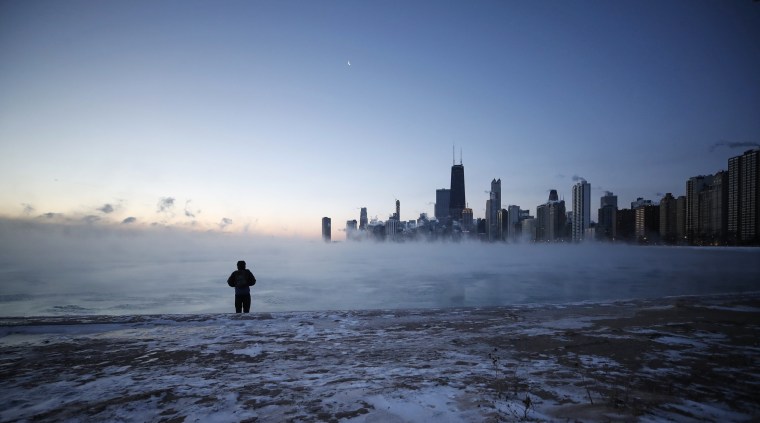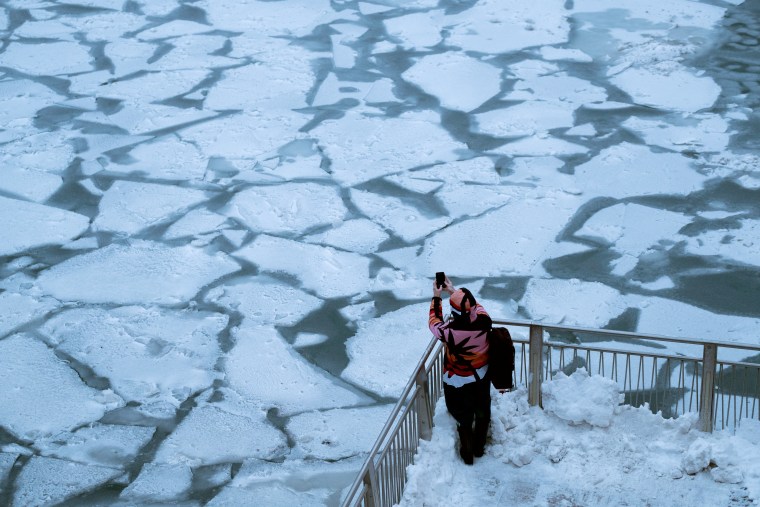CHICAGO — It takes a lot to slow down the Windy City.
Chicagoans have thick skins when it comes to bitter temperatures making us able to withstand even the most frigid winters, but this week’s record level sub-zero blast has thrown us a bit off.
With dangerously low wind chills hovering near minus 60, much of the city has sealed itself up.
Illinois, along with many of its neighbors, has been declared under a state of emergency by our governor.
Schools and government offices have shut down. Flights are grounded, several train lines suspended, and a number of roads closed off for icy conditions.
Navy Pier, the Shedd Aquarium, and much of Magnificent mile is closed down. A rare occurrence for our main attractions and a blunt message to tourists: come back another time.
It’s our own brand of natural disaster, and we’re not taking it lightly.
Anticipating the deep freeze, we’ve gotten into disaster mode. Residents have stockpiled food and supplies expecting the worst — broken appliances, nonfunctioning cars, or busted water pipes.
Long lines at grocery stores were full of residents buying water jugs, paper products and ready to eat meals in bulk on Tuesday night. Generators and batteries were either sold out or in low supply at most hardware stores.
The city sent out a slew of advisories to help bolster preparations for the bitter cold.
We’ve been told to keep all entryways and windows firmly sealed, which means stuffing old T-shirts and towels under doors for many of us.
We need to keep faucets running and leave cabinet doors open to ventilate heat and prevent pipe bursts. Many are abstaining from heavy water use altogether in order to avoid agitating fragile water lines.
Most home heating systems are not designed to handle arctic level temperatures and are struggling to maintain heat indoors. The situation is far more dire for much of city’s older homes that have outdated furnaces more vulnerable to die out.
While many Chicagoans continue to have electricity in this polar plunge, others haven’t been so lucky.
Nearly 10,000 residents of the city and surrounding areas have already lost power and are being asked to find a warming center. This will be a difficult feat for those unable to start cars with frozen engines.
The only safe way to help one another is through frequent text messaging checking up on neighbors. No one is leaving their homes unless it’s absolutely critical.
Being outside for even a minute, you feel the bitter cold bite straight into your bone. It instantly seeps through your entire body. Breathing becomes harder, as if ice is forming inside your nose.

For most Chicago kids, a snow day from school means sledding and snowball fights but with life-threatening warnings of frostbite occurring in a matter of minutes, those hopes are fearfully dashed.
Most of us have sequestered ourselves in our homes, hunkering down for a cold snap that’s expected to stretch well into Thursday.
The streets are empty in residential neighborhoods, say for a few lone cars passing by infrequently. The bitter cold has forced an unexpected slowdown.
The muted sights are an exceptional scene in Chicago — even during our harshest winters.

